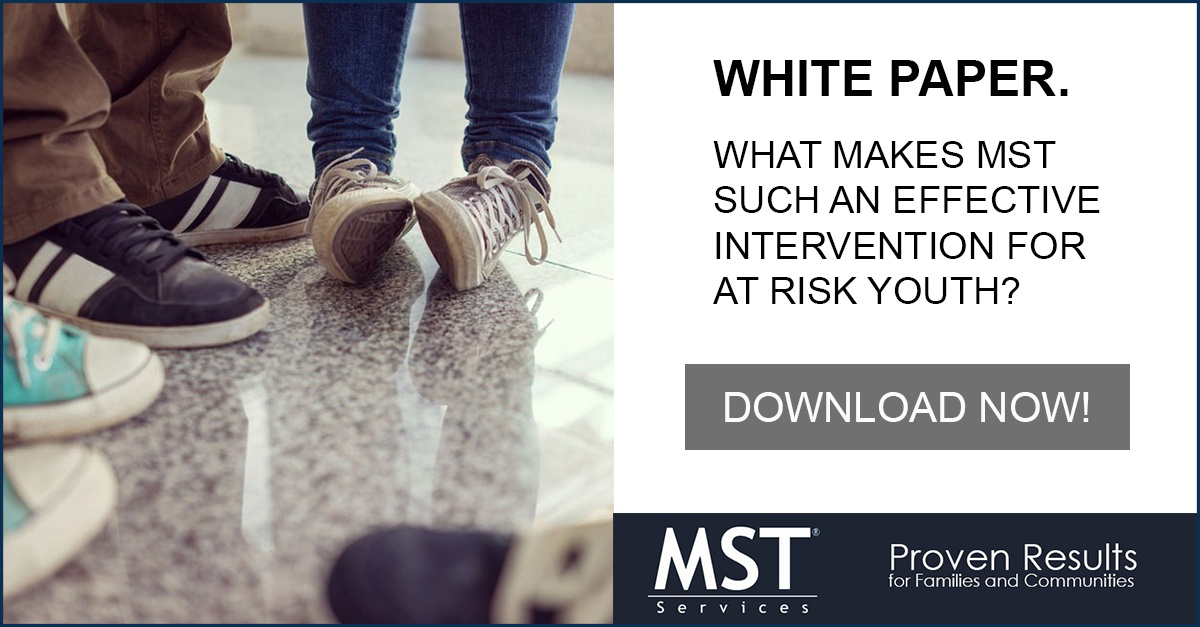
The demands placed on child welfare system professionals are unlike those in most other fields. Day after day, they step into complex family dynamics, respond to crises, and carry heavy emotional weights.
As expectations rise and caseloads grow, too many child welfare social workers find themselves stretched past capacity. Morale drops. Staff mental health suffers, and they leave the profession or look for other opportunities.
Research shows that approximately 30% of child welfare social workers leave their roles each year, with some agencies reporting turnover rates as high as 65%. These high turnover rates cost agencies an estimated $54,000 per departure.
But this doesn't have to be the story we continue to write. This blog will explore strategies that offer the child welfare system a more sustainable path forward.
Strategy #1: Personal Self-Care for Child Welfare System Workers
For staff working in the child welfare system, self-care can mean the difference between staying grounded and burning out. And yet, in the urgency of serving others, it's often the first thing to slip.
The National Child Traumatic Stress Network (NCTSN) offers a "taking care of yourself" checklist that outlines three aspects of self-care and resilience-building:
- Awareness: Start by slowing down and checking in with yourself. Notice your thoughts and feelings and evaluate whether your actions align with who you are and want to be.
- Balance: Aim for balance across work, family, rest, and leisure. Recognizing when you're "off-center" helps you reset and restore productivity.
- Connection: Focus on connection. Nurturing strong relationships is one of the most effective ways to reduce stress and feel supported.
The Pause-Reset-Nourish (PRN) model aligns with these three pillars by offering a practical, low-barrier way to weave self-care into everyday life. Pause to notice tension, reset by stepping outside or breathing deeply, and nourish yourself with a connection to things that bring joy or remind you of your strengths.
Micro-interventions like this can rebalance child welfare social workers' nervous systems and prepare them to keep showing up for themselves and those they serve.
Prioritize Daily Practices That Build Resilience
If self-care feels overwhelming, start small. Try things that don't require hours of free time. A brisk walk between visits, five minutes of guided breathing, or laughter with a colleague can make a significant difference.
Other examples of self-care strategies to combat burnout, compassion fatigue, and secondary traumatic stress include:
- Exercising three times per week. Alongside its general physical health benefits, research shows that light exercise three days a week can increase productivity.
- Taking time off. Taking time off work boosts mental and physical health, reduces burnout, strengthens relationships, and restores energy.
- Indulging in greenspace. More than 30% green space around you can improve cortisol levels.
- Prioritizing adequate sleep. Research shows that without enough sleep, the brain can't clear out "waste," contributing to disruptions in thinking, behavior, and decision-making. Sleep is critical to the brain's recovery and functioning.
Implement Team-Based Prevention
Another factor fueling burnout is isolation. Connection can heal it. Implement team-based tools that encourage staff to check in regularly, name their warning signs, and collaborate on personal recovery plans. These conversations, whether in a formal team meeting or over coffee, normalize vulnerability and remind staff they're not alone.
Self-care must be personal and communal in high-stress roles like those in the child welfare system. Agencies can help every child welfare social worker feel seen and supported by allowing staff to make time for these vital practices.
Strategy #2: Organizational Support to Prevent Burnout in the Child Welfare System
Every day, child welfare social workers and caseworkers absorb the weight of others' trauma. Over time, that emotional exposure, known as secondary traumatic stress, can erode their sense of safety, trust, and purpose. Secondary traumatic stress symptoms mimic Post-Traumatic Stress Disorder (PTSD) symptoms. And while it certainly has an impact at the individual level, it also ripples through teams, agencies, and ultimately, the quality of care that young people and their families receive. That's why trauma-informed organizational systems are a necessity.
These organizational support systems must acknowledge that exposure to trauma is an occupational hazard. They should prioritize psychological safety. And they should equip the workforce with the right tools for the job and give staff permission to take care of themselves.
A key part of this shift involves improving organizational climate (staff's shared perceptions about their work environment). Retention suffers when that climate feels punishing, dismissive, or chronically chaotic. When it feels supportive, empowering, and fair, people stay.
Incorporate Support Structures into Operational Systems
The Annie E. Casey Foundation recommends attainable strategies organizations can take to create a supportive environment:
- Collaborate Closely with HR: Align hiring, training, and retention strategies with agency goals. Regular communication and shared accountability help embed workforce support into agency operations.
- Create a Workplace Taskforce: Form a cross-functional team to identify workforce challenges and track the progress of retention efforts. This will promote collaboration and continuous improvement.
- Use Data to Inform Decisions: Monitor key metrics like turnover and time-to-fill. Break down data by role and tenure to identify inequities.
- Implement Competency-Based Systems: Define role-specific competencies to guide hiring, evaluations, and professional development.
- Foster a Positive Work Environment: Conduct surveys and interviews to understand staff needs. Tracking tools like the Professional Quality of Life (ProQOL) scale can help teams monitor stress, compassion fatigue, and satisfaction over time. Offer support and create space for peer connection and feedback.
These steps can help your agency reframe turnover not as a personal or organizational failure, but as a systemic signal that needs care and attention.
Recognize that Change Starts at the Top
Nurturing retention and building resilience in child welfare system staff requires organizational support woven into daily operations. Multisystemic Therapy offers a model for what this can look like in action:
- Flexible scheduling that respects personal capacity
- Opportunities to debrief about tough cases with an understanding supervisor and team
- Team-based problem-solving that turns obstacles into collaborative wins
- Burnout prevention plans that act as living tools that are revisited often and personalized to the people who need them
Even seemingly small shifts like redistributing caseloads and offering more control over schedules can radically improve staff morale in the child welfare system. However, none of these improvements will stick unless leaders at the top have a commitment to normalizing self-care and staff well-being.
Leaders in the child welfare system must model personal wellness, adapt policies, and invest in the people who make the work possible.
Strategy #3: Professional Development for Child Welfare Social Workers and Staff
Professional development within the child welfare system must be human-centered. It must reflect the real emotional complexity of the work and offer meaningful tools to navigate it. Staff training should go beyond procedures and protocols to address burnout and trauma exposure. It should focus on what it feels like to be a child welfare social worker waking up each day to a full caseload and a fraying sense of capacity.
Incorporate wellness education from day one. Integrate it into onboarding, thread it into monthly training, and build it into supervision time. Every new hire should know from day one that taking care of yourself isn't a sign of weakness. And they should continue to feel that organizational support throughout their tenure.
Integrate Self-Care and Stress Management into Training
View staff training resources focusing on self-care and stress management as a necessity rather than a nice-to-have. For example, MST Services' Retention Module urges programs to move beyond surface-level wellness talk and embed tangible supports into professional development.
Supervisors are encouraged to include burnout prevention and self-care planning directly within clinician development plans because self-care as a professional skill set is just as important as clinical acumen. MST Services' tailored modules are built into ongoing learning experiences, rather than one-off events, to address specific barriers staff are facing, whether it's emotional fatigue, scheduling stress, or difficulties setting boundaries with families.
The Child Welfare System Depends on Staff Well-Being
Sustaining and strengthening the child welfare system means caring for the caregivers. It means embedding self-care practices into daily routines, creating organizational support structures that are more than lip service, and investing in professional growth that uplifts both the individual staff member and their role.
Addressing workplace burnout also contributes to stronger outcomes for the children and families the child welfare system serves. Because when staff feel supported and valued, the care they provide becomes stronger, steadier, and more effective.
Organizational leaders, program directors, and policymakers must prioritize the well-being of staff working in the child welfare system, as the system depends on it. Because it does.
MST is an evidence-based alternative to incarceration or severe system consequences due to serious externalizing, anti-social, and/or criminal behaviors. MST effectively treats young people and their families by utilizing a built-in suite of interventions within the home, school, and community settings. Treatment is tailored to the family and their individual strengths and needs, which could include but is not limited to the following types of therapies: Family Therapy, Cognitive Behavioral Therapy, Drug and Alcohol Treatment, Mental Health Services, Peer Ecology Assessment and Intervention, Trauma-informed treatment, and Educational/ Vocational Support. If you or someone you know is interested in learning more about Multisystemic Therapy, contact us here.



